Emily Pearson ’20, Olivia Postel ’21, Dayna De La Cruz ’21, and Saanthia Vivekanand Bulchandani ’21
For Silvia Yu ’21, it was love at first sight. As a middle schooler, Yu, who grew up in Boston’s Chinatown, rode the commuter rail out to Wellesley. She was with a student from the College who was mentoring her in an after-school program called Chinatown Big Sib Little Sib. The pair walked up to campus through the Vil. To this day, Yu recalls her amazement as she explored the Margaret C. Ferguson Greenhouses and the Science Center.
“I was fascinated by the diversity of plants and their individual environments, by how all the plants were able to survive together even though they were all different,” she says. “And I loved the way the Science Center looked—one building built around another, similar to a hug.”
A diversity of paths leads students to Wellesley—a grandmother’s memory, a website visit, a college-fair encounter, a high-school counselor’s advice, an alumna’s encouragement, even a simple Google search.
A diversity of paths leads students to Wellesley—a grandmother’s memory, a website visit, a college–fair encounter, a high-school counselor’s advice, an alumna’s encouragement, even a simple Google search.

After middle school, Yu attended the John D. O’Bryant School of Mathematics and Science in Boston, a public exam school that specializes in science, technology, engineering, and mathematics (STEM). Her interest in Wellesley had not dimmed since her middle school visit, so she decided to apply. At Spring Open Campus, Yu was impressed by a panel about women’s leadership and another about confidence.
“I am a shy person, and I thought I would learn a lot here and grow a lot here,” she says. “Wellesley empowers women to become leaders.”
Yu, a first–generation college student who’s interested in math and chemistry, says she’s in the right place, all those years after middle school. “Sometimes,” she says, “I still walk back from class to my dorm and I think, ‘Am I really here?’”
This spring, 2,328 students are enrolled at Wellesley. They come from 49 nations and all 50 states plus the District of Columbia, Puerto Rico, and Guam. Thirteen percent are first–generation (neither parent graduated from a four–year college); 48 percent are people of color; 25 percent are underrepresented minorities (American Indian or Alaska native, black/African-American, Hispanic, and two or more races). Fifty–nine percent are receiving need–based financial aid in 2017–2018. (Aid awards are made after admission choices, which are need–blind—that is, an applicant’s financial status is not taken into consideration.)
We wish we could share all 2,328 stories. How did these students end up here? What were they looking for, and have they found it? That being impossible, we opted to ask a cross–section from the four current classes how they landed on the shores of Lake Waban.
Family Connections
Abena Asare ’18, a psychology major, came to Wellesley from Eastern Regional High School in Berlin, N.J. Two cousins had attended the College before her.
“Wellesley was something that was always in the back of my mind,” says Asare. “My dad … had seen how my cousins thrived at Wellesley, and then how well they’re doing post-Wellesley. The application season rolled around, and he mentioned it again, and then my cousins mentioned it, too.”
As a talented track and field athlete, Asare thought about pursuing her sport at a Division I school—but was also considering Wellesley. “When I told some of my teachers and track coach in high school, they all knew what Wellesley was. It was surprising to hear all these people say, ‘Wow, that’s a good school. You should definitely apply.’ It was really encouraging to understand that … they knew the rigor, they knew the prestige,” she says.
Because she wasn’t planning to try for the Olympics, and wanted to go to medical school, Asare decided that being somewhere she would thrive academically and still fulfill her dream of running college track was important. At Spring Open Campus her senior year, Asare stayed with a member of the track team and met with coaches. “I also really connected with Harambee House when I came,” she says. “I knew that there was going to be a community for me at Wellesley.”
And it turned out to be the right place. “Wellesley … allows you to be a student-athlete, [but] allows you to be a student first,” she says. “I’m really thankful for the coaches I had and for the professors who understood that I was trying to balance a lot of different things. I don’t think I would have necessarily gotten that elsewhere—a place that would allow me to focus on my studies, conduct research, work, and still perform on the track.” As a sophomore, she earned NCAA All–American honors in the women’s long jump, her favorite event.
After graduation, Asare hopes to pursue a master’s in public health, as well as an M.D. degree. “I want to focus on preventative health care and look at health–care disparities. I’ve become interested in looking at how racism affects health, and how that manifests in infant mortality rates and different kinds of birth outcomes,” she says.
And about those family connections: One of Asare’s cousins, Ama Baafra Abeberese ’04, is an assistant professor of economics at Wellesley. The other, Abena Bonna ’13, is currently studying architecture at Yale.
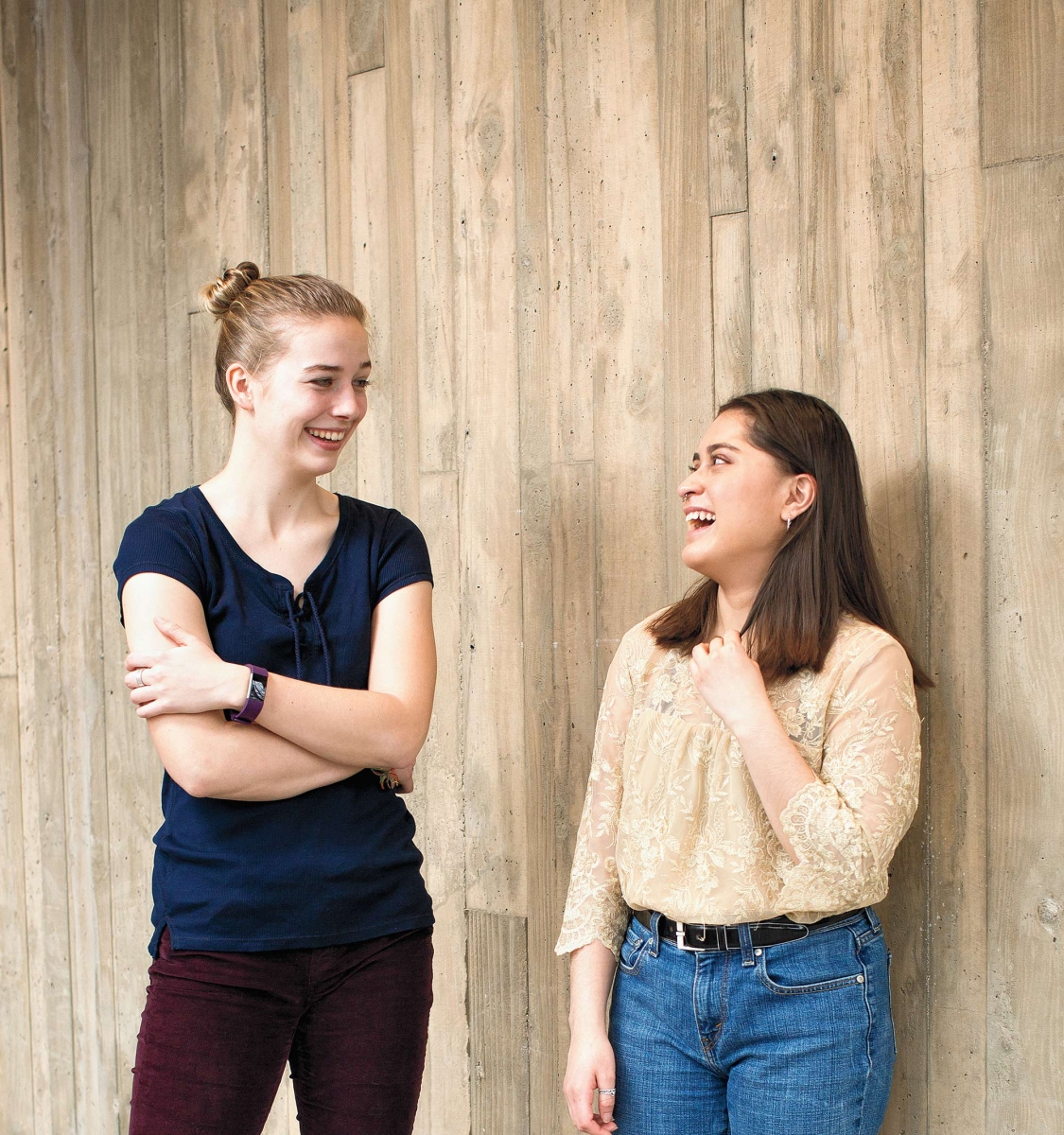
The Accidental Prospie
When she was a high-school sophomore visiting New England from Texas, Dayna De La Cruz ’21 (at right, above) ended up touring Wellesley by accident.
“I got into a college–prep program my freshman year of high school called Emerge,” says De La Cruz. “They decided to take us on a trip to visit colleges here in the Northeast. We visited Tufts, Harvard, and Wellesley.”
The large group was divided up to board buses for the different campuses. “I had heard about Wellesley. I didn’t want to go there. It’s an all–girls school. In my head, that was limiting. But then my name got called for Wellesley. It was random selection. But it turned out I got on the wrong bus, because the name that was called was Zayna, not Dayna. And I completely fell in love with the school. I still have my Instagram post that says, ‘I think I found my first choice.’”
After graduating from Cesar E. Chavez High School, a 3,000–student, predominantly Hispanic public school in Houston, De La Cruz arrived at Wellesley as part of a “posse,” a group of 10 students from her home city interested in STEM. For nearly 30 years, the Posse Foundation has worked to identify high–achieving public school students with leadership potential who might otherwise be overlooked in the traditional college selection process.
After a grueling, three–stage evaluation process, the foundation places students at colleges in posses to provide extra social, emotional, and academic support; the colleges they attend award the students four–year, full tuition leadership scholarships. Wellesley is the foundation’s 11th STEM partner nationally, with the first posse, all from Houston, enrolling last fall.
“Both of my parents are of Mexican descent,” says De La Cruz. “They immigrated here, became naturalized, and became citizens. Spanish is my first language. I learned English through TV and through school. It was two sides, two roads.”
At Wellesley, she says, “everything has been good. I adapt very easily, and I’ve felt a lot of personal growth.” She’s planning to major in biology and is working as a lab assistant for professor David Ellerby.
Adjusting to New England hasn’t fazed her. “The snow was amazing,” she says. “The first snow day that we had, I was outside for six hours. I got sick that weekend, but it was worth it.”
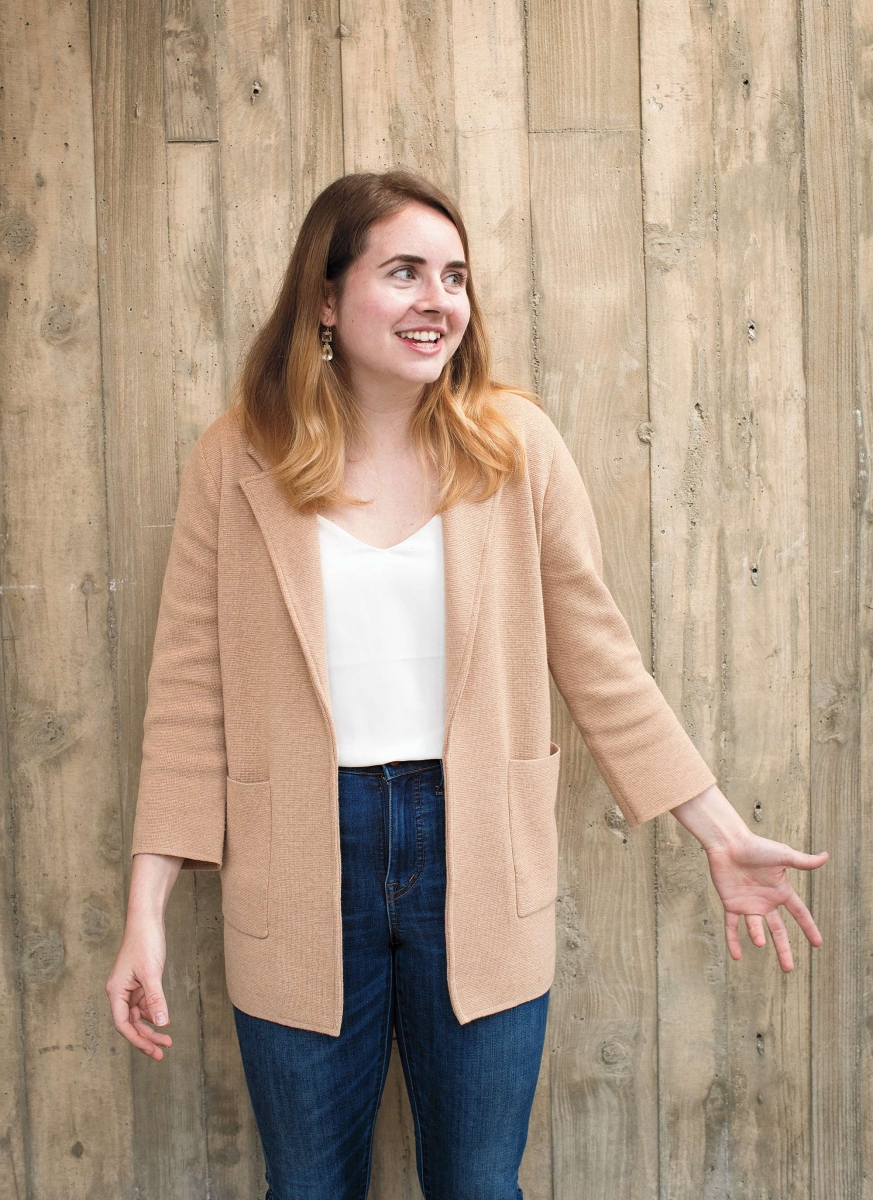
A Big Leap North
For Emily Pearson ’20, a lifelong Texan from a long line of Texans, coming to college in New England from her home in San Antonio was a leap.
“Nobody in my family, nobody I knew, had ever heard of Wellesley,” she says. “I’m actually the first person in my family to ever go to school outside of Texas.”
Pearson went to Providence Catholic, a college–preparatory school for girls in grades 6–12. She discovered Wellesley at a college fair. “There was the Wellesley table, and I thought, ‘You know what, let’s just check.’ I talked to this woman and found out Wellesley was single gender. I had sworn up and down that I was done with all–girls. I was like, ‘No, I need boys.’ But I loved talking to her.”
The woman at that college fair was Lina Ghosh ’03, a physician in San Antonio. “The way she talked about Wellesley got me interested. I knew that I wanted something that was very academically challenging, but I also knew that I wanted somewhere that would grow me holistically—as a leader and as a woman.”
A political–science major with a minor in education studies, Pearson plans to study school reform. “The Wellesley experience has been much more all–encompassing than I expected,” she says. “I knew it was going to be academically rigorous, and I knew I was going to learn a lot, but I also didn’t expect to join a community that really just permeates your life.”
Pearson’s father went to Texas A&M and her mother is an alumna of the University of Texas, so Wellesley is a very different experience—not to mention being very far away. “My first–year mentor gave me the best piece of advice,” she says. “You have to give yourself permission for Wellesley to feel like home. And that helped a lot, because it was so hard at first. I’d never even visited Massachusetts before coming up here to look at schools. I owned literally one pair of close–toed shoes, [and not anything] like snow boots or jackets.”
“Honestly,” she adds, “coming up here was the most radical college choice I could have made.”
Finding Roots in Unexpected Places
For Mariana Hernandez ’19, it wasn’t instant infatuation. “I went on a tour. And I wasn’t completely in love with Wellesley, which is something that I talk to visitors about now, because I give tours for admissions,” she says. “I wasn’t sold on it when I visited. What really compelled me to consider it seriously was when I was added to the admitted-students Facebook group, and all of these people were sharing their stories. I felt like we already had a connection that was important.”
Hernandez, who comes from Orlando, Fla., found she was eligible for a fly–in visit to campus. The admission office offers grants for a limited number of students from underserved communities to travel to campus. Funded by an alumna, the grants cover the cost of transportation and meals. Once on campus, Hernandez was matched with Tashay Campbell ’18, who’s also from Florida.
The two hit it off. “Just being able to talk to her and have an honest experience and an interaction with a current student who’s also from Florida and had the same interests, was something that I just really connected with,” she says. “The moment I knew that this was somewhere I could see myself was at breakfast with Tashay and her friends.”
Hernandez, a Latin-American studies and economics major, also spent time with a member of the lacrosse team. “I started talking to her about what the team culture was like. And she sat down and talked with me for two hours. It was only later that I understood the magnitude of a Wellesley student sitting down and talking with a prospie for two hours, especially in season, during midterms.” She’s now a member of that team herself.
Ironically, it has been here in New England that Hernandez has connected with her Latin American heritage. “I came in pretty set on econ,” she says. “With Latin American studies, honestly, I stumbled across it. I was born in San Juan, Puerto Rico, and I moved to the U.S. when I was 5. So I lost some of my speaking abilities. I decided to take Spanish here, and that was my first step towards Latin American studies. If I could potentially go into a field where I can bridge Latin American interests with my economic interests, that would be ideal.”
Hernandez says her studies, and a student trip to Cuba, showed her how much she cared about Latin America. “In a way, Wellesley has helped me connect with my past.”
Mumbai To Massachusetts
Saanthia Vivekanand Bulchandani ’21 traveled even farther to reach Wellesley—and had never set foot on campus until the day she arrived as a first-year. Her family lives in Mumbai, where her parents work in the fashion industry.
Bulchandani had spent some time at the Chapin School in New York City during high school and enjoyed the single-sex environment. “I could thrive and be myself without distractions,” she says. Later, she attended Mumbai’s coed Cathedral School, an English-speaking private school that offers the International Baccalaureate program.
“It had never crossed my mind that I would be at an all-women’s college, but I guess it was in my subconscious,” says Bulchandani, who heard about Wellesley from a fellow student at Cathedral.
When Bulchandani told her parents that she wanted to be a writer and a historian, her father, who studied economics at Case Western Reserve in Cleveland, told her should consider attending college in the U.S. “He said the independence and being away from home—it’s what made him.”
“A bunch of people in Mumbai applied to Wellesley [early decision], and when they got in, I connected with them. In Mumbai, everyone knows everyone,” she says. Students who had visited told her, “You are going to have the best surprise of your life when you get there,” she says.
In her admission essay, Bulchandani wrote about her interest in classics. After she got in, she says, “a classics professor sent me an email—and I felt so welcomed, even without being on campus.”
The transition wasn’t easy, she admits. “Last semester, I thought this wasn’t the place for me,” she says. “Then I realized that I was feeling hesitant not because of Wellesley but because of leaving home. This semester, I am taking advantage of as many resources as I can. I am really enjoying college now.”
Road Trip
Ask Emma Bilbrey ’19 how she found Wellesley, and the answer is simple: She Googled it.
Bilbrey, who grew up in Nashville, Tenn., started her search process in her sophomore year, and cast a wide net. “We had no idea what we were doing,” she says, laughing. She and her mother set off on a college-visit odyssey, driving for 2½ days to Brattleboro, Vt., to start a swing southward. With her dad, she toured Midwestern schools; an aunt showed her colleges in Ohio. She looked at schools with 49,000 students (University of Indiana, Bloomington), and with 300 (Marlboro College in Vermont). She visited Wellesley early in the New England tour.
“I think I visited 25 schools,” says Bilbrey. “I just needed to get a feel for what it means to be at a women’s college. What’s the difference between liberal arts and non-liberal arts? What’s the difference between a really big school and a really small school? Do regions make a big difference? And I felt like I couldn’t really understand that unless I was visiting them.”
“My mom and I had talked to death all the criteria for colleges,” says Bilbrey. “We made sure to look around and see if the students are happy or not. By the end of our trip, we said we could create college tour bingo for all the points they make and all the clichés that get used.”
Bilbrey ended up on campus during the fall Discover Wellesley weekend. Mother and daughter attended a panel of students talking about their Wellesley experiences. “My mom and I had our notebooks out, because we took really extensive notes. I was just kind of doodling on my paper, and my mom nudged me really hard. And I’m like, ‘What?’ And she says, ‘Pay attention. I like this one!’ I said, ‘I really do, too. I’m sold.’”
Wellesley alums also played a part. “I was intellectually weighing the alumnae network, because I knew it was really strong,” says Bilbrey. “The alumnae association in Nashville had gotten in contact with me. I thought, OK, the alumnae network is serious, and that is a major advantage. I can’t justify spending this much money for something that’s only going to be for four years. And that was really what put me over the edge for applying early decision.”
These days, Bilbrey’s a creative-writing major, and—in the interest of full disclosure—works as a student assistant at Wellesley magazine, where she has plenty of contact with alums.
Sometimes You Just Know
Olivia Postel ’21 (pictured above with classmate Dayna De La Cruz) is a legacy student—her grandmother is Sara Lacey Chylack ’62. Her mother, Lacey Chylack, graduated in 1988, and her sister, Emma Postel, is a senior. But family connections didn’t seal the deal for her.
“The first time I ever came to Wellesley I was in eighth grade, and my sister was touring,” says Postel. “It was just a quick trip. I was thinking, ‘This is just another college in a line of, like, eight colleges in five days.’ I should have had a better attitude!”
Her family didn’t pressure her to consider Wellesley. “I was just so glad that they introduced me to it, but didn’t push me toward it, because I think that would have pushed me away from it,” she says.
Postel never took an official admissions tour; instead, she just stayed with her sister. “My sister said, ‘I have class. I have soccer practice, so you are just on your own. You can watch practice or you can go to the library with me, but you have some freedom.’”
Postel sat in the stands to watch practice, and then walked alone past the bell tower in the evening light. “I could see myself saying, ‘Oh, I’m going to go do homework in this library. Oh, I’m going to walk across campus to see my sister.’ I just knew that this was where I wanted to be. You can’t really explain it. You just think, ‘This is right.’”
Catherine O’Neill Grace, a senior associate editor for this magazine, applied to five colleges and ended up happily at Middlebury College.




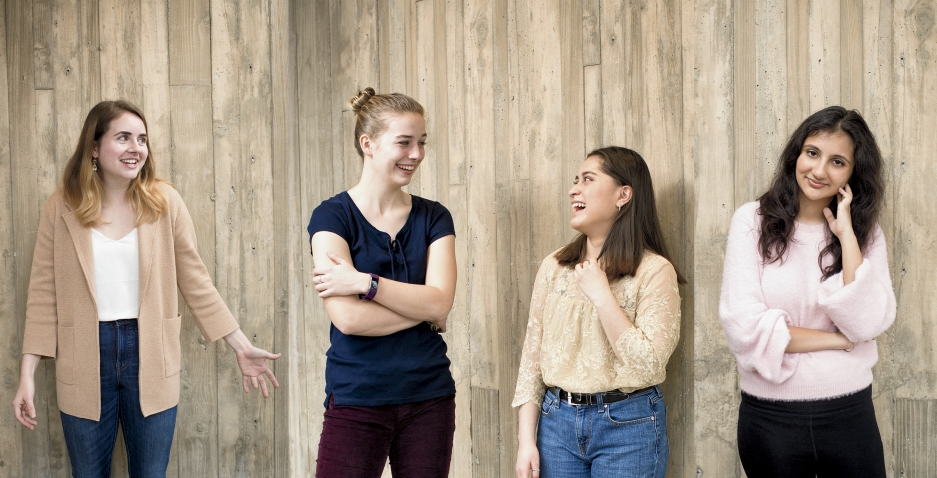
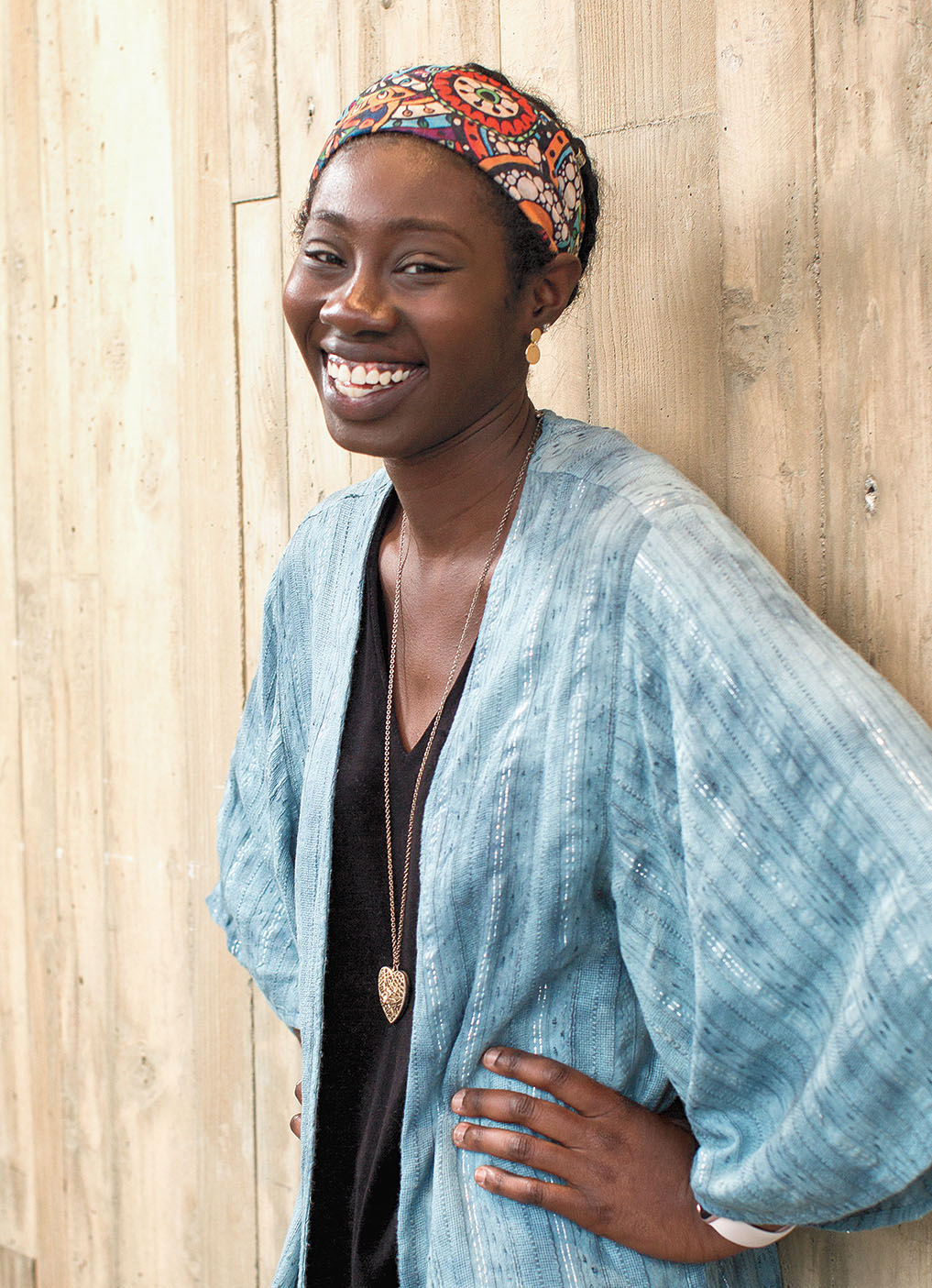
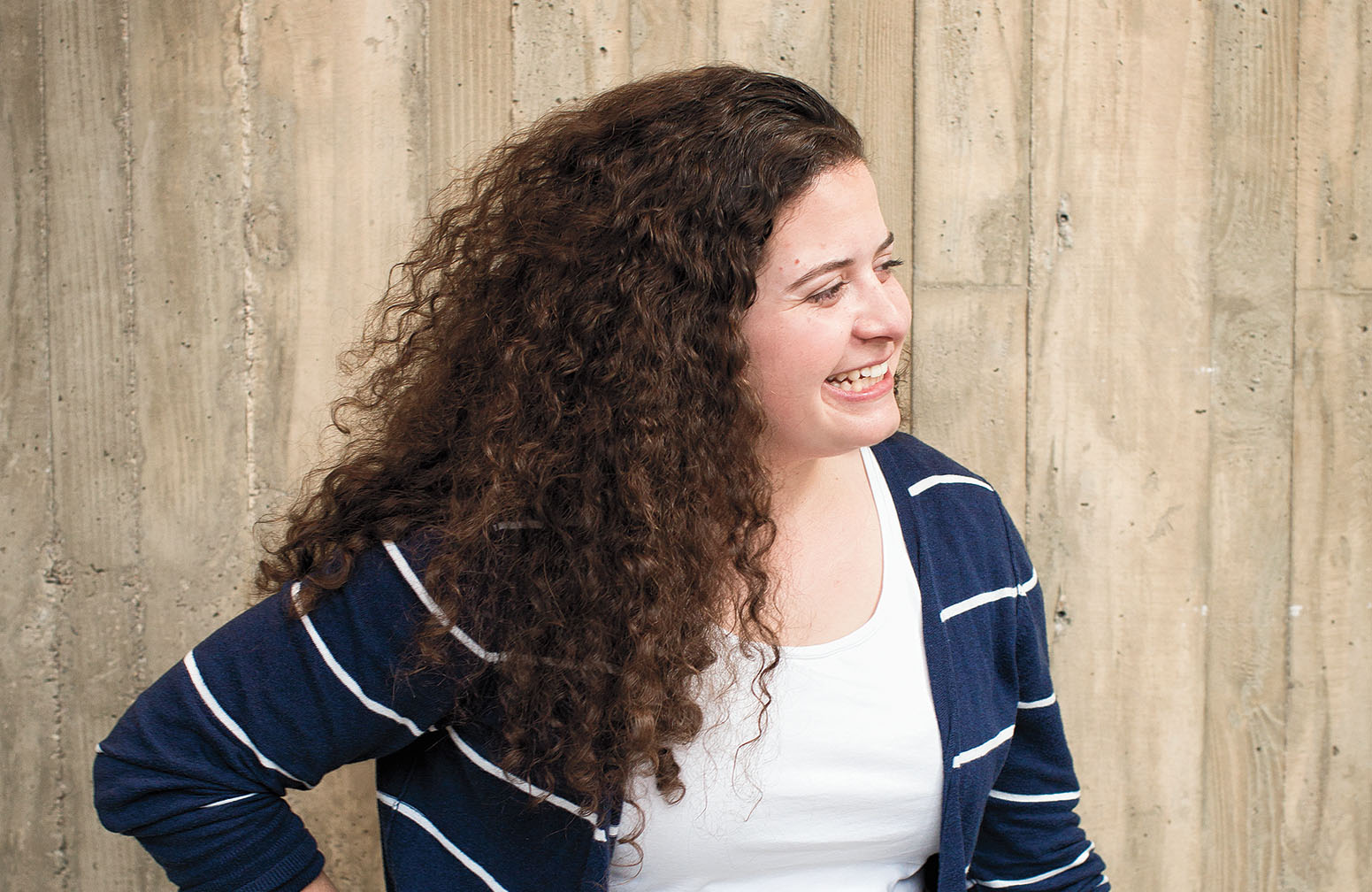
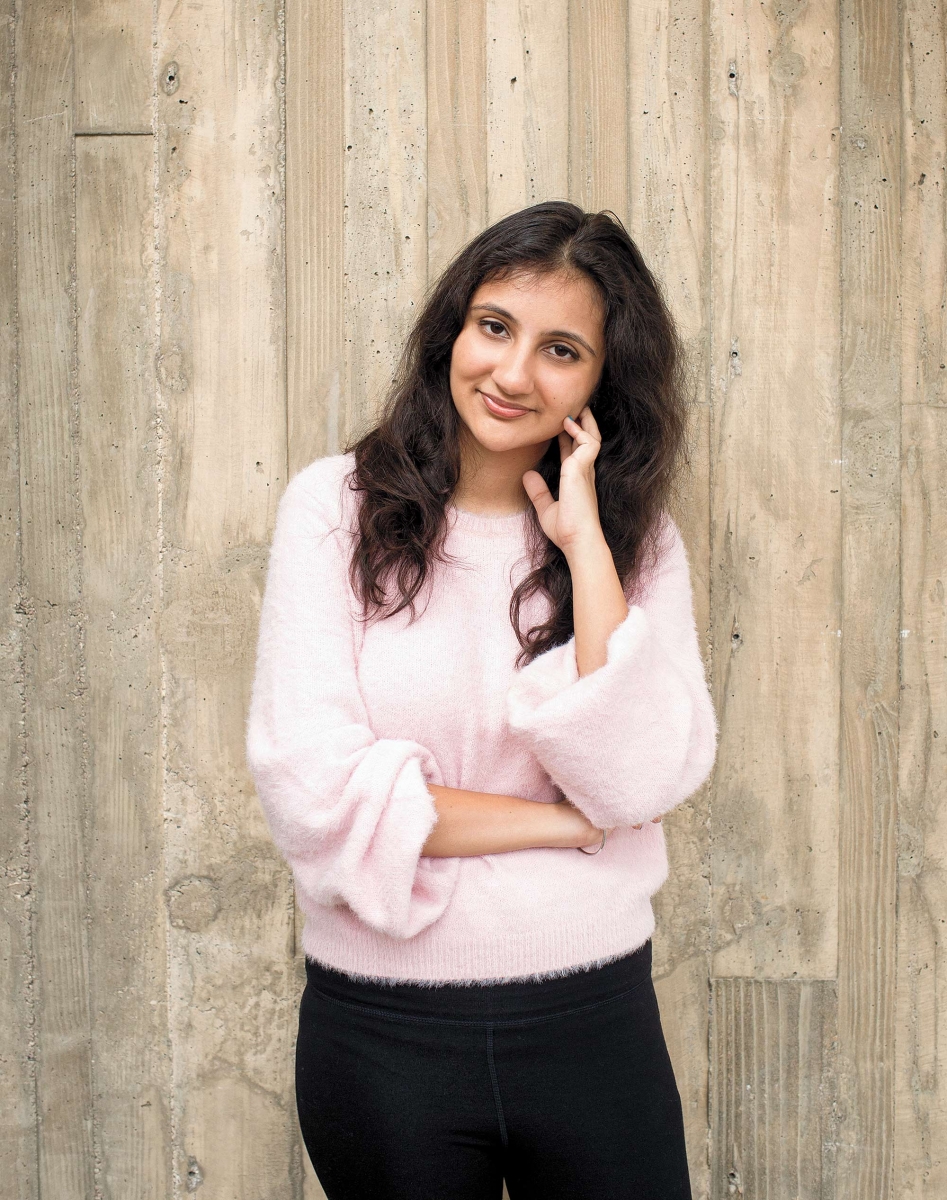
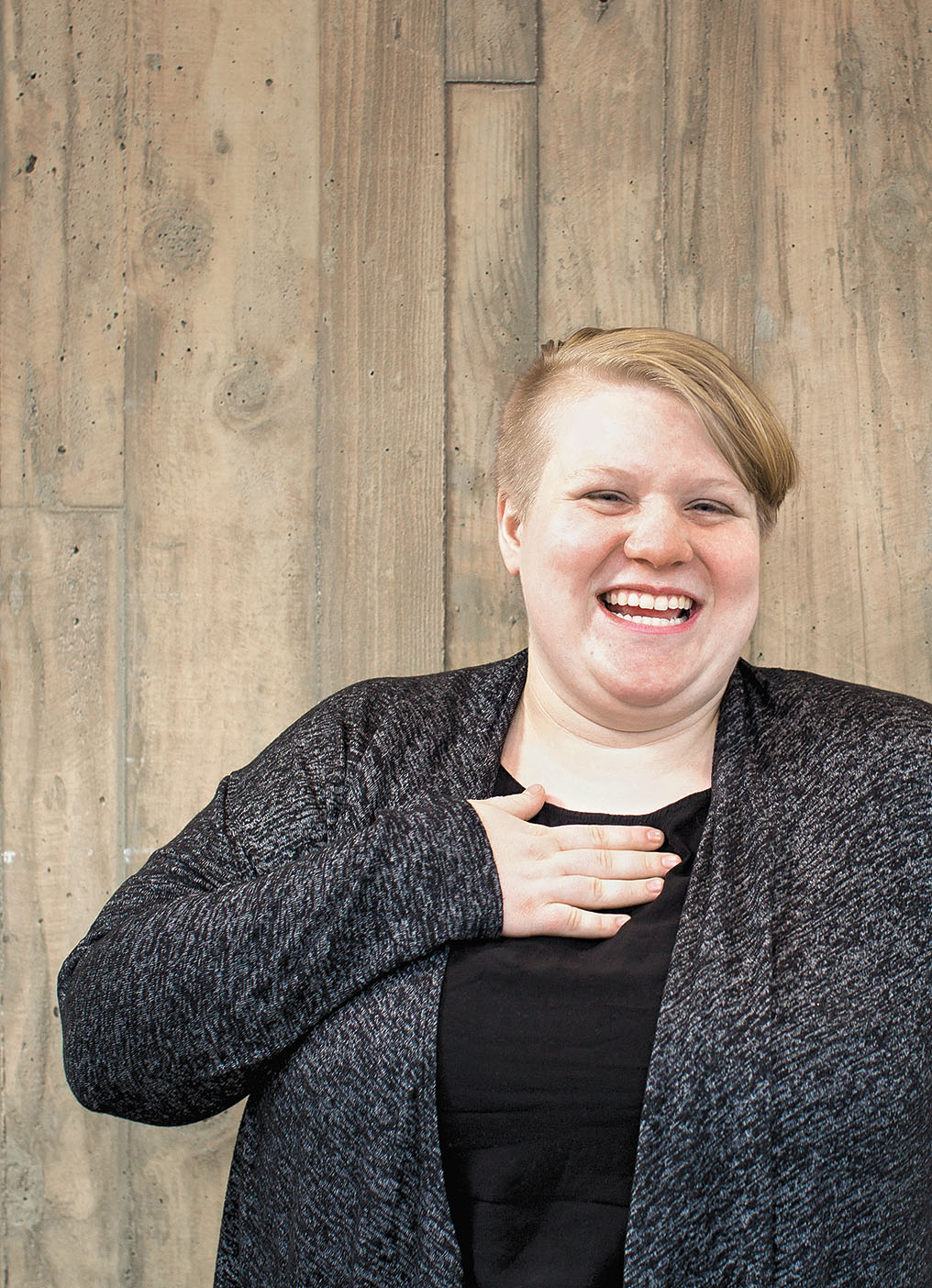
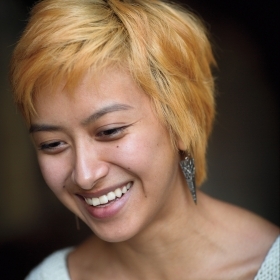
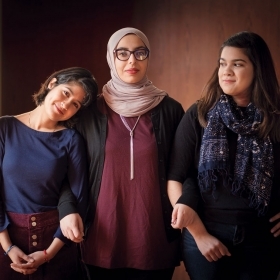

We ask that those who engage in Wellesley magazine's online community act with honesty, integrity, and respect. (Remember the honor code, alums?) We reserve the right to remove comments by impersonators or comments that are not civil and relevant to the subject at hand. By posting here, you are permitting Wellesley magazine to edit and republish your comment in all media. Please remember that all posts are public.